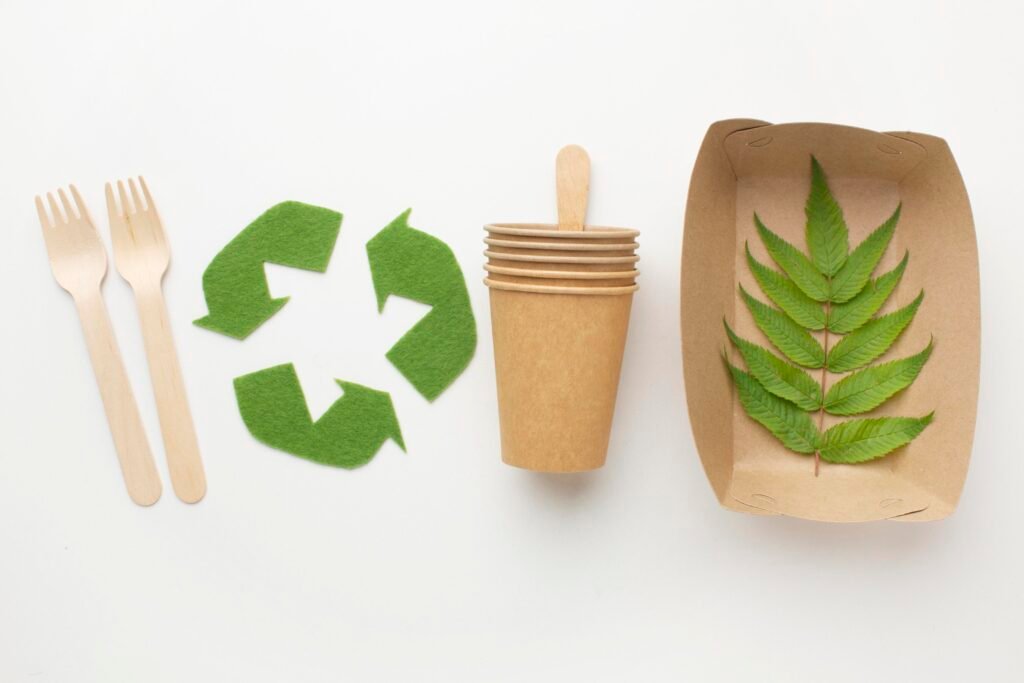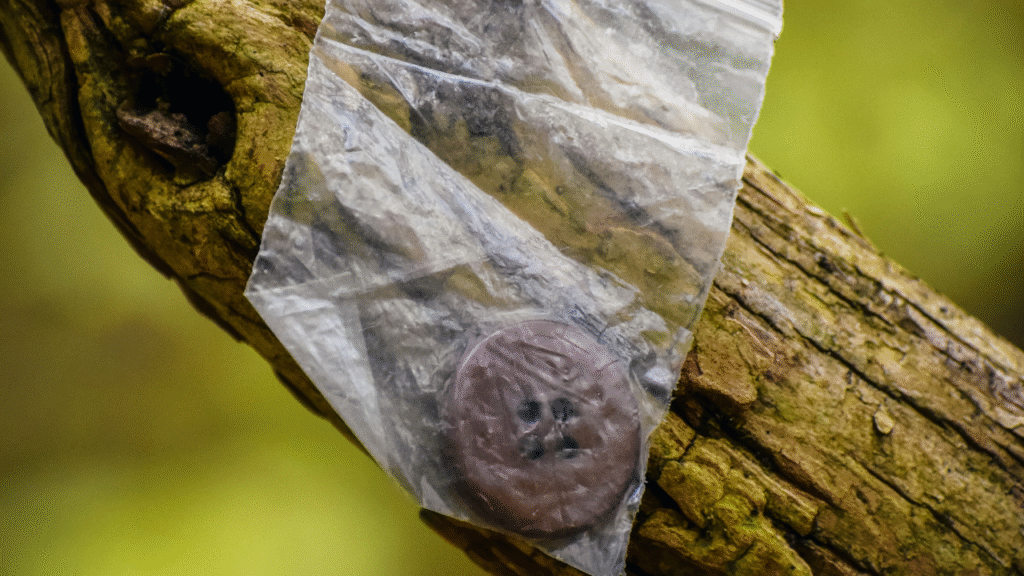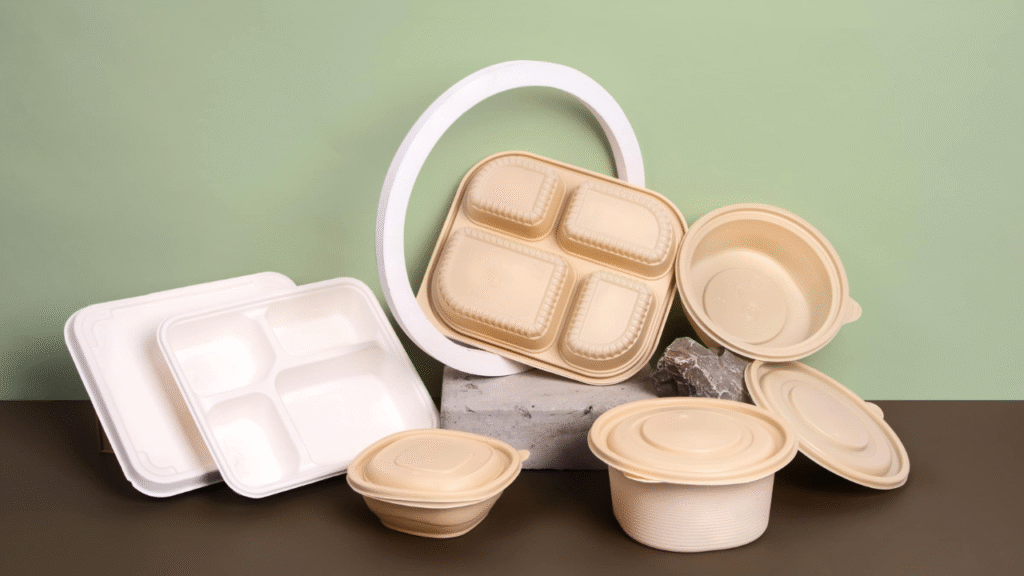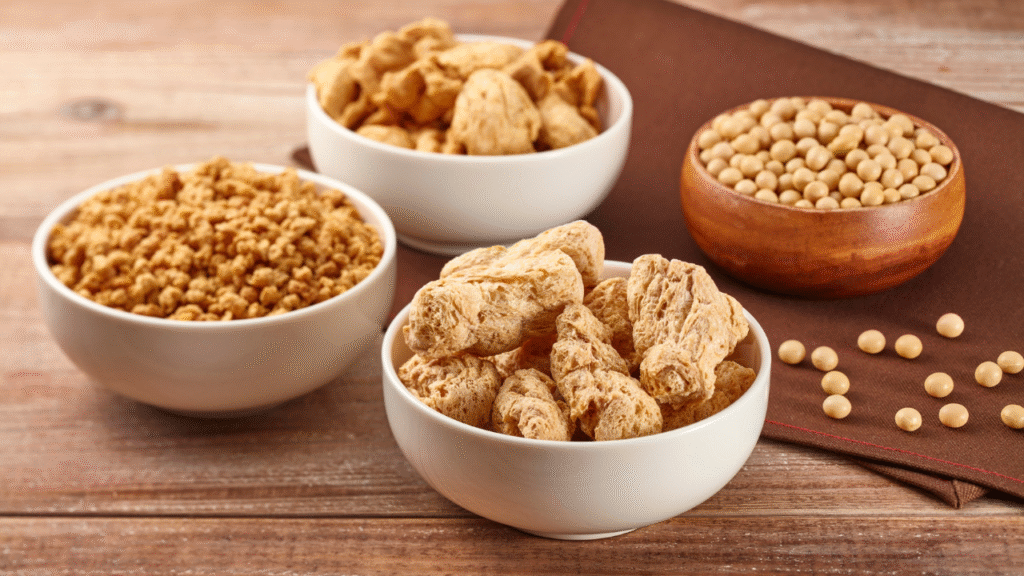Introduction: Plastic, Reimagined
Plastic pollution is one of the most pressing environmental issues of our time. From oceans to landfills, traditional plastics made from petroleum are everywhere—and they can linger in the environment for hundreds of years. But what if there were a better alternative? Enter bioplastics.
Derived from renewable resources like corn, sugarcane, and potato starch, bioplastics sustainability is offering a greener path forward. Unlike traditional plastics, many biodegradable plastics are designed to break down under the right conditions, returning to the earth as compost instead of persisting as waste.
In this blog, we'll take a friendly journey through the lifecycle of bioplastics: how they’re made, where they go after use, and why they're becoming a popular choice for eco-conscious consumers and businesses.
What are Bioplastics?
At their core, bioplastics are a type of plastic made from biological materials rather than fossil fuels. Most commonly, they are derived from crops such as corn, sugarcane, cassava, or even algae. This makes them a renewable resource—a key factor in bioplastics sustainability.
There are two main categories:
- Bio-based plastics: Made from plants but not necessarily biodegradable.
- Compostable bioplastics: Designed to fully break down under industrial or home composting conditions.
Either way, they represent a major shift toward sustainable plastic alternatives that reduce reliance on petroleum.

From Field to Factory: The Production Process
The journey of bioplastics sustainability begins in the field. Corn and other crops are harvested, and their sugars are extracted and fermented to produce polylactic acid (PLA), a common plant-based plastic.
This PLA is then processed into everything from packaging and cutlery to phone cases and clothing fibers. By replacing traditional plastic in these everyday items, corn-based bioplastics help reduce our dependence on fossil fuels and lower carbon emissions during production.
The Composting Cycle: Back to Nature
What sets many bioplastics apart is their end-of-life journey. Compostable bioplastics are designed to return to nature, breaking down into water, carbon dioxide, and organic matter. This is a key benefit in the bioplastic lifecycle.
In industrial composting facilities, these materials can decompose in just a few months. Some newer versions are even suitable for home composting.
This stands in stark contrast to traditional plastic, which can take centuries to degrade. By shortening the degradation timeline, bioplastics sustainability contributes directly to a cleaner, less polluted planet.

Environmental Benefits of Bioplastics
Let’s explore some of the big-picture environmental benefits of using bioplastics:
- Lower carbon footprint: Bio-based plastics absorb carbon dioxide while growing, balancing out emissions.
- Less plastic pollution: Many break down naturally, unlike conventional plastics.
- Supports circular economy: Composting turns waste into valuable soil nutrients.
- Use of renewable resources: Replaces finite oil-based raw materials with abundant, fast-growing crops.
All these advantages make a strong case for bioplastics sustainability in today’s eco-conscious world.
Everyday Applications: Where You Can Find Bioplastics
Thanks to their versatility and eco-friendly appeal, bioplastics are turning up in more places than you might think:
- Food packaging: Think clear containers, bags, and coffee cup lids.
- Disposable tableware: Plates, cups, and utensils at eco-friendly events.
- Shopping bags: Replacing traditional plastic bags in grocery stores.
- Agricultural films: Biodegradable plastic sheets for farming.
- Electronics and textiles: Parts of gadgets and clothing fibers made from bio-based packaging.
These applications show how sustainable plastic alternatives are not just good for the environment—they’re practical too.

Are Bioplastics a Perfect Solution?
As exciting as the potential is, no material is perfect. Some bioplastics only degrade under industrial composting conditions, which are not yet widely available. Others may contaminate recycling streams if disposed of improperly.
Also, growing crops for plastic can raise ethical questions around land use and food security. That’s why it's important to balance the benefits of bioplastics sustainability with thoughtful production and disposal practices.
The good news is that research continues to improve materials and methods. Innovations in bio-based packaging and eco-friendly materials are reducing water and land use, increasing compostability, and enhancing product durability.
How to Identify Compostable Bioplastics
Want to make smart choices? Look for certifications like:
- BPI Certified Compostable (USA)
- EN 13432 (Europe)
- OK Compost Home for home compostability
These labels ensure that the biodegradable plastics you're using are genuinely compostable under the right conditions.

The Future of Bioplastics
The market for bioplastics is growing rapidly, driven by consumer demand for eco-friendly materials and government regulations banning single-use plastics. As innovation continues, we can expect:
- Wider availability of compostable bioplastics
- Increased use of agricultural waste instead of food crops
- Bioplastics that perform better and cost less
- More options in fashion, construction, electronics, and beyond
All these trends point toward a more circular and responsible future—a win for both people and the planet.
Final Thoughts: Small Choices, Big Impact
Choosing bioplastics may seem like a small act, but it contributes to a larger movement toward sustainability. From renewable sourcing to compostable disposal, the bioplastic lifecycle offers a refreshing alternative to our throwaway culture.
While they're not a silver bullet, bioplastics sustainability represents a major step in reducing our environmental footprint and embracing smarter material choices. Whether you're buying takeout, designing packaging, or just trying to reduce waste, opting for sustainable plastic alternatives makes a difference.
So next time you see a spoon made from corn or a compostable bag, remember—you're holding the future of eco-conscious living in your hands.







